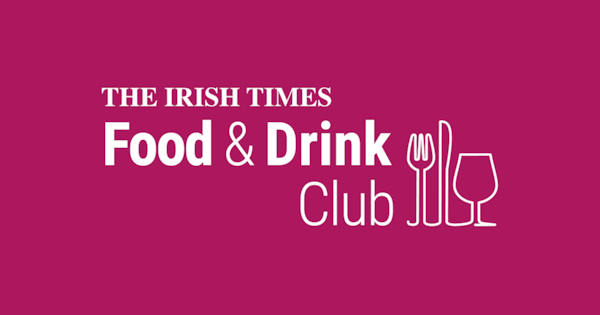The definition of craft beer can change depending on where you live, but the term is generally accepted to mean a beer produced by a smaller brewery, usually independently owned. They are typically made by enthusiasts who want to produce beers with more flavour and character using varied brewing techniques.
Until recently, the number of Irish beers was limited. The market was dominated by a few giant brewers. Beer aficionados argued that most of their beers were dumbed down to please the widest possible group of consumers. Seasoned stout drinkers would complain that our national drink was gradually being stripped of flavour to appeal to a greater audience.
Other countries, such as Belgium and Germany, have a beer culture going back centuries and have a huge range of beers. In the 1970s a craft beer movement in the UK and US created a growing interest in small artisan beers made by traditional methods. This movement has spread to many other countries, including Ireland, where we now have dozens of craft brewers producing some great beers.
Craft brewers love to experiment with different styles and flavours. Some are made in a very traditional way which can include various hops and malts. Others favour more eclectic flavours, ranging from fruits to chocolate. As you may have noticed, many craft beers come in brightly coloured cans, which make for a great display in your local off-licence.
READ MORE
If it sounds confusing – it is – you could start with the most popular style, an IPA, essentially a light-coloured ale with more hops and more flavour than most lagers. Alcohol and body can vary greatly anything from 3.5 per cent ABV for a lighter session beer to a full-bodied double IPA at 8.5 per cent or more. I would suggest starting with a medium-bodied IPA (5-6 per cent) and then slowly expand outwards.
There is a wealth of really tasty, interesting beers to try out, from imperial stouts to gueuze and barrel-aged beers. Although craft beers are a little more expensive than the big brands, they offer a lot more flavour and complexity. If you only drink beer in pubs, then order a pint of craft beer the next time you are in your local. As well as enjoying great beer, you will be supporting a local business.














